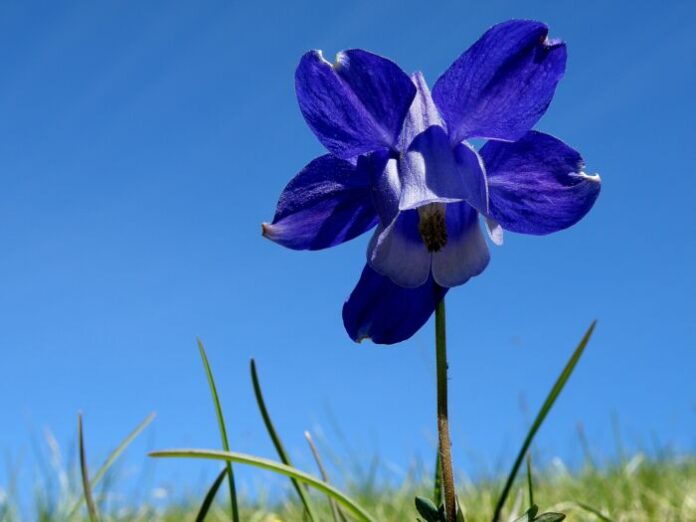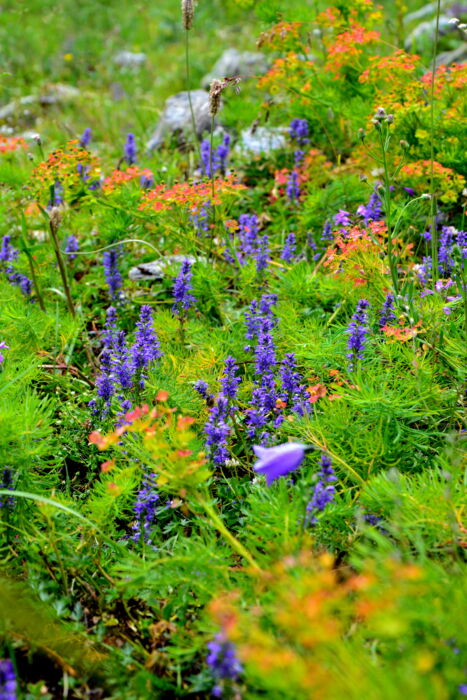
A study, published in the international journal Nature Plants, by young researchers from the Water Research Institute of the National Research Council in Verbania (CNR-Irsa), the University of Turin, the Federico II University in Naples, the Museum of Natural Sciences in Berlin and Curtin University in Australia has revealed that for ‘field’ scientists the choice of species to study may be influenced by aesthetic factors. In the long run, this could introduce a bias into research efforts. But how to quantify this bias?
Plants have played a significant role in the evolution of modern science and their properties continue to be the focus of important research. “In this study, we analysed 280 peer-reviewed articles on 113 plant species typical of the south-western Alps, published in the last 45 years. We found that some morphological characteristics, such as taller stems and flowers with clearly visible colours, are among the traits that most attract the attention of researchers,” says Martino Adamo, researcher at the Department of Life Sciences and Systems Biology of the University of Turin and first author of the study.
“We have observed that blue-flowered plants are much more studied than those with poorly pigmented (green or brown) flowers. The height of the stem, which in a sense is the ability of a plant to stand out among the others and thus ‘stand out’ to the observer, is also an important selection factor. Conversely, and perhaps paradoxically, the risk of extinction of species and their ecological traits do not affect the likelihood of a species being studied,’ adds Stefano Mammola of CNR-Irsa.
This generates an “aesthetic bias” in research efforts, the authors argue. “This bias can have negative impacts as it can bias conservation efforts in favour of the most attractive plants, regardless of their ecological importance for the health of the overall ecosystem,” notes UniTo researcher Adamo. “These results therefore have relevant implications for making scientific research more objective and, in a broader sense, for a fairer prioritisation of species to be protected.”

The study is intended to provide an opportunity for reflection. “Our work is not intended as a criticism of the research carried out by our colleagues, but rather as food for thought,” concludes CNR-Irsa researcher Mammola. “Although choices are sometimes guided by the communicability of the scientific result, it is still important to reflect on our approach to conservation and make it as fair and objective as possible: even a brown flower contributes to the proper functioning of the ecosystem, and it is therefore important to study and protect it”.



































